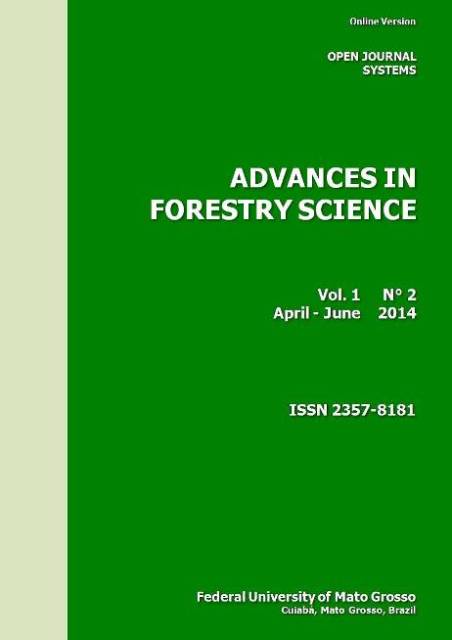Organogenesis in zygotic embryos and hypocotyls of physic nut (Jatropha curcas L.) under 6-benzylaminopurine levels
DOI:
https://doi.org/10.34062/afs.v1i2.1738Palavras-chave:
Callogenesis, BAP, Tissue culture, In vitro morphogenesis.Resumo
Physic nut had a great potential for biodiesel production and presents higher oil content. The aim of this study was obtain organogenesis in zygotic embryos and hypocotyls of physic nut using 6-benzylaminopurine (BAP). Seeds were disinfected and after then cotyledons were removed; they were in vitro germinated at 0, 1, 2, 3, 4, 5 and 6 mg.L-1 BAP. Hypocotyls were excised from germinated seeds with 45 days old and cultured at 0, 1, 2.5 and 5 mg.L-1 BAP. Callus from zygotic embryos were cultured at double-phase medium being liquid medium supplemented with 1, 2.5 and 5 mg.L-1 BAP. The largest percentage of callus formation in zygotic embryos occurred at 6 mg.L-1 BAP. On the other hand, to induce shoot from zygotic embryos the best BAP level was 4 mg.L-1. Callogenesis in hypocotyls can be efficiently induced with 1 mg.L-1 BAP. Double-phase medium results in lowest protuberances rate, varying from 0 to 3 per callus. In order to induce callus from zygotic embryos and hypocotyls of physic nut, BAP is sustainable.

